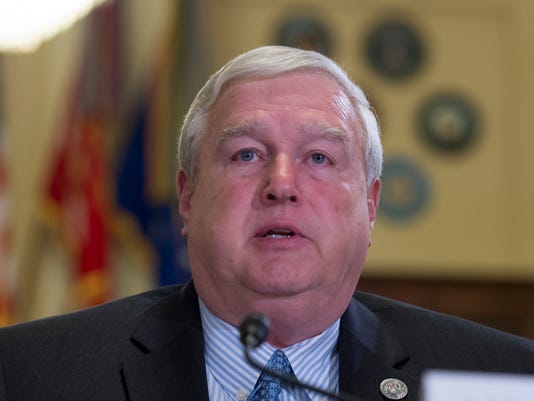The boom happened already, how long has it been going on? And what are they really teaching and how is this promoted? It is called Tablighi Jama’at.
Harvard? Uh huh:

The Prince Alwaleed Bin Talal Islamic Studies Program promotes the scholarly study of Islam and the Muslim world in a broadly interdisciplinary context.
Established in 1997, the program in Islamic Studies is undergirded by the University’s belief that Islamic religion, culture and history are important areas of inquiry, and that students should be able to pursue such inquiry as a part of their undergraduate education. At present, the University of Texas at Austin is one of only a handful of four-year institutions in the U.S. that offer Islamic Studies as an independent major; it is the only such program in the state of Texas.
Islamic Studies in U.S. Universities
As in Europe, Islamic studies in the U.S. originated in the tradition of Orientalist scholarship and Christian theology, with its strong textual emphasis, but it has gradually expanded to overlap with Middle East area studies as well as a number of humanistic and social science disciplines, especially religious studies.1 Over the past several decades, and especially since 9/11, scholarly interest in Islamic studies has mushroomed. This interest is visible in the number of doctoral dissertations produced on Islam and Muslims over the past half-century. Read more from Charles Kurzman and Carl W. Ernst University of North Carolina at Chapel Hill.
****
Orlando Shooter Traveled to Saudi Arabia on Trip Organized By NYU Center
University spokesman says Omar Mateen and three others thought to be family members joined tour group on 2012 trip
Mateen and three others believed to be his family members joined a tour group that was organized by the Islamic Center at New York University, university spokesman John Beckman said.
International students continue to seek out the chance to enroll in Islamic universities and colleges in the US. Islamic colleges provide incredible education to international students who are looking to both advance their education while exploring deeper into their faith. Islamic universities seek to educate their students about the history of their religion as well as continue to build their faith and education for the future.
Islamic Education
The Islamic education main purpose is to educate Muslim students in the United States about the Quran as well as the deep rooted Muslim traditions, known as Sunnah. Islamic colleges are private institution based deep rooted aspects of the faith spread throughout the United States. All of these Islamic colleges share the same message and curriculum. Like most private religious colleges, Islamic universities in America instill an interdisciplinary curriculum with very challenging academic and extracurricular activities. Islamic schools also pride themselves in having incredible faculty and staff who are among the top Muslim educators and scholars in the world. Islamic universities in America follow the teachings of the Quran and their prophet Muhammad. Islamic teachings are the backbone of their universities, with values like knowledge being the upmost important. Islamic colleges seek to turn students into upstanding members of the Muslim community, preparing them for a life of leadership and devotion to their community and their religion. While not all students are expected to be practicing Muslims when they arrive at such a university, they all are expected to follow the basic teachings of the Quran as well as exploring the religion and its customs. Islamic universities seek to make the education affordable for potential students, while also being thoroughly available to all people. Though education is the main fixture for Islamic universities, improving the human experience is a very important function. Islamic colleges in America continue to educate international students and domestic students alike for decades.
Goals of Islamic Colleges and Universities in America
The goals of Islamic universities in America are much like those of any other religious university in the US. The first goal is to educate students on all aspects of the Islamic knowledge. In addition, these universities look to educate students in the proper methods of Islam in order to perform wholly as a Muslim each day. Students are also groomed to be great embers of their community and parish, while providing students with an unwavering sense of knowledge. Like most colleges, the curriculum is based on a four year plan with 120 credits. While each university differs, most Islamic universities push students to major in some sort of Islamic studies area.
Top Islamic Universities in America
There are several Islamic colleges and universities spread throughout the United States which teach a number of different students. While they contain some of the best academics of any college, finding these colleges are quite a bit more challenging. One Islamic college, the Islamic College of Minnesota educates many students. The college has both a graduate and undergraduate section, but only educate students in one major: Islamic Studies.
The Islamic American University is one of the most renowned Islamic colleges in the US. The IAU has several different campuses spread throughout the US in many different states. In addition, the university offers several different online programs for students. An important aspect for international students is to make sure that any classes they have taken transfer into the university, and as well be sure to check into the accreditation of any such college. Islamic education is exceptional in many facets. These universities regularly put out top Islamic leaders in the community and enroll top level international students.
International students will truly enjoy the experiences at these great universities. With a strong education, a diverse and intellectual student body as well as a curriculum based on multiple disciplines and the overall educational experience, international students can find true success in these top universities. Islamic universities are committed to bringing the best education to international students so that they can seek to educate the world with their values of equality and service.


